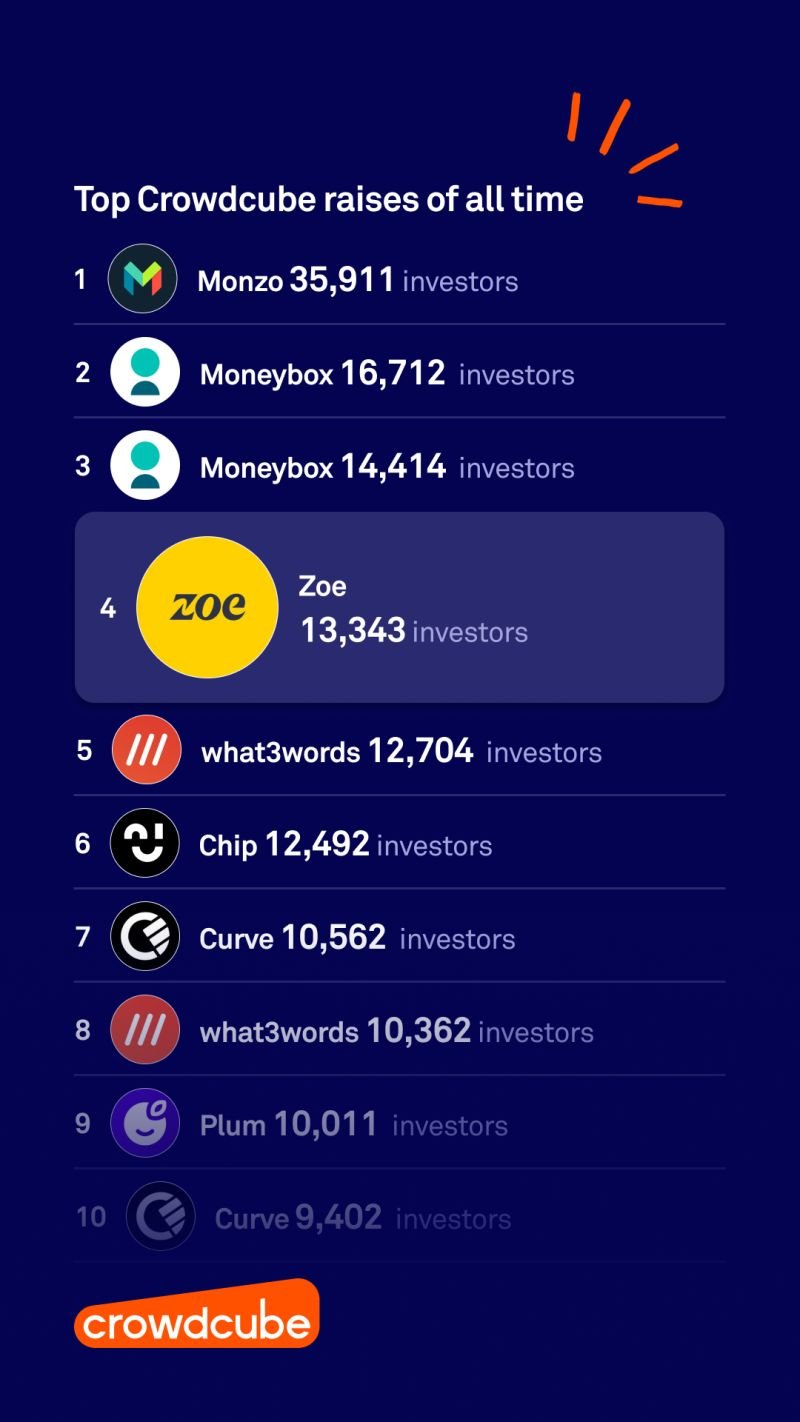Giving the ZOE Community a Chance to Become Owners
The Challenge
ZOE built deep trust during the pandemic through its COVID app and science-led public health work. But with that trust came a misconception: many believed ZOE was a nonprofit.
As we prepared to launch commercial products, we faced a critical risk: if we didn’t address the shift head-on, we could erode the very trust we had built. We needed to reframe the narrative—making it clear we were a mission-driven company, not a charity—and invite our community to be part of the next chapter.
The Approach
We partnered with Crowdcube to launch “Own ZOE,” a crowdfund campaign that invited our community to become owners of the company. Unlike most campaigns, our goal wasn’t to raise the most money—it was to offer meaningful participation to as many people as possible.
We lowered the barrier to entry, accepting investments starting at just £10. Many of our members had never invested before, so we focused on education and transparency—through social content, emails, and a YouTube livestream with our founders and scientists. Our message was simple: if you believe in ZOE, you can help build it.
The Outcome
The response exceeded all expectations. Over 12,800 people became owners of ZOE, contributing more than £7.4 million—over 7x our original target.
We broke records, including:
4th largest crowdfund in Europe by investor count
Most female investors in a campaign
Most investors over the age of 65
More importantly, we turned passive supporters into active participants—giving our community a real stake in our future and reinforcing the trust we’d worked so hard to build.
Learnings
Our community didn’t need flashy incentives—they just needed an open door. By making ownership accessible and communicating with clarity and respect, we gave people a way to deepen their connection to ZOE—and they showed up in droves.
The biggest challenge wasn’t interest—it was infrastructure. Many of our members were new to investing, and CrowdCube’s platform wasn’t always intuitive, especially for older users. If I were to do it again, I’d push for stronger support and clearer onboarding to meet the needs of a more diverse group of first-time investors.


